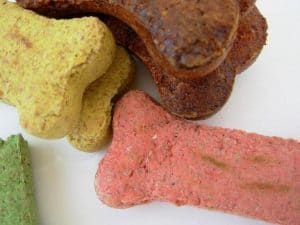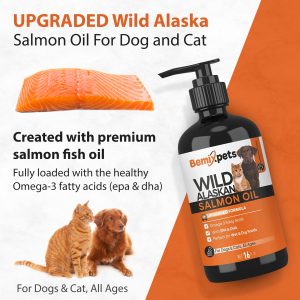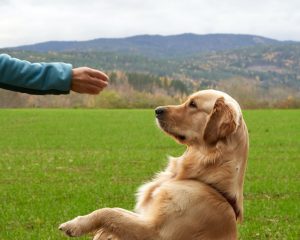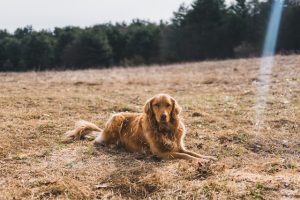Ox skin bones or snacks are produced with production waste of shoes, bags, clothes etc. The skin is subject to chemical and smoked treatment with addition of colorants and attractants. Sometimes with carcinogenic titanium oxide (E171). The company receiving this skin can legally label as 100% beef or porc meat. There have been cases of dogs almost choked by these products. So it is definetly an unhealthy snack.
Natural snacks are the dry ones (including home made cookies or ice creams), horns, fruit, vegetables, yogurth or kefir.
Dry snacks are made of organs or small animals and you can find:
- meat slices
- pieces of tripe, lung, oxen nerbs et .
- porc , rabbit ears etc.
- hens legs
- dry small fish
These are the best, some with many proteins not to abuse. They are suggested for overweight dogs or big size who can well chew.
Another type of snacks is deer or buffalo horns, sold for all size dogs. Horns are not bones, more similar to nails.
The dogs bytes and soften it with its saliva, they are suitable to clean teeth or as reward. Always supervise your dog during eating and take it away when too small. Some people think animals are killed just to use horns but it is not like that. In fact horns are the rest of deer, buffalo, roe etc.
Fruit and some vegetables as well can be given as snacks, especially during summer time to refresh the dog.
For example apple with carrot and fennel are often used to clean dog's teeth and can be given in big pieces.
Sometimes you might find rest in poep but that is normal and it is healthy if not given too often.
In fact a dog can eat all kinds of fruit, in correct dosis and eventual alergies are as for humans. However avoid grapes because it can cause kidneys diseases. Obviously remove pits
Yogurth and kefir are good as snack and help bacterial flora. Yogurth needs to be white with milk and ferments only. Avoid cream. Kefir is better if home made but do not give same quantity as yogurth. You can use both fruit and yogurth to make ice creams and refresh your dog in summer time.
Di Barera Annalisa, fonte: gruppo Facebook “Alimentazione a 4 zampe”






Leave a Reply
You must be logged in to post a comment.